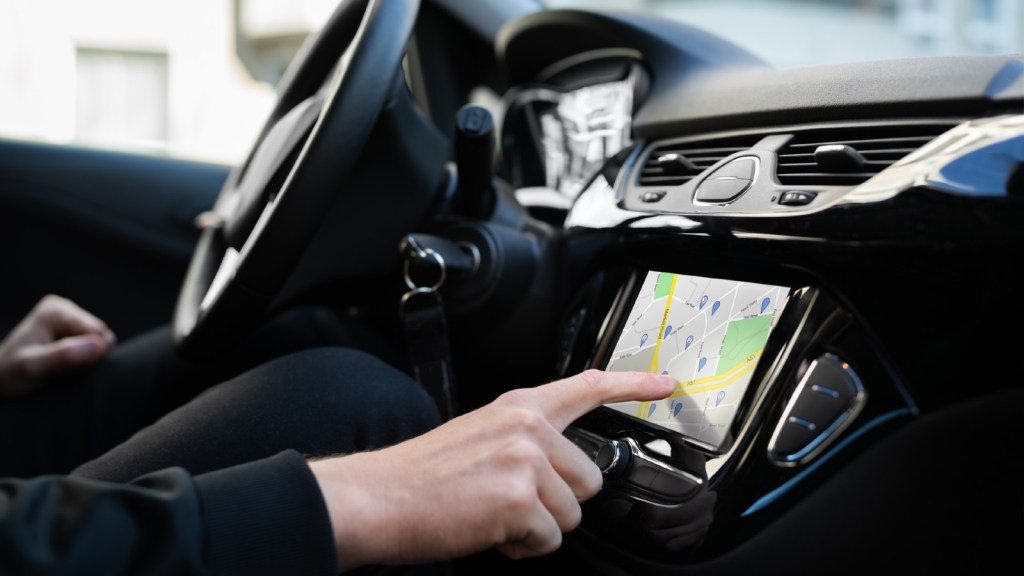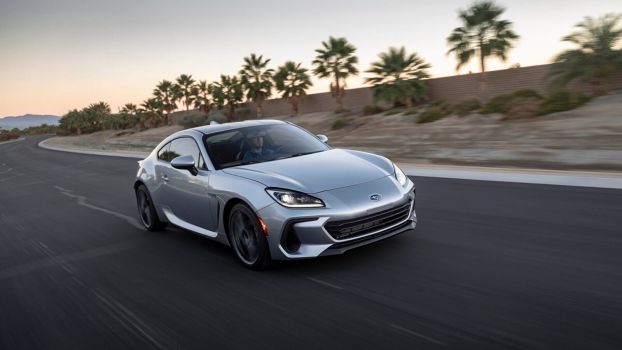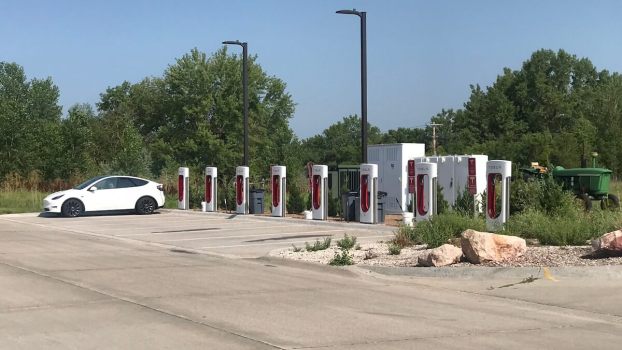
What Does Your GPS Actually Calculate for Your Road Trip?
Spring is coming, and with that comes Spring Break, which is a time when many Americans take road trips to various parts of the country. When it’s time to head out, today’s drivers turn to their Global Positioning System (GPS) software. When using GPS to get you where you need to go, what’s calculated in your estimated arrival time?
What is a GPS, and how does it work?
A GPS is a satellite-based navigation system that uses many satellites placed in orbit by the United States government to locate the exact position of the device running the GPS software. Some vehicles come with a navigation system, which is a GPS. Drivers without a built-in navigation system in their vehicles generally utilize their smartphones to run Google Maps or Waze.

Does it take longer than GPS estimates to get places?
Have you ever noticed a road trip generally takes longer than your GPS tells you it should? Whether you use Google Maps, Waze, or another type of GPS software, some items are calculated in your trip, but others are not.
The software in your GPS estimates your travel time based on posted speed limits and traffic delays along the route. Unfortunately, this system can’t calculate much else.
Some items not included in the route calculation by your GPS are:
- Accidents – can occur at any time and will change the estimated time of arrival
- Bathroom breaks – You’ll need to go somewhere, and sometimes
- Fuel stops – Your gas tank isn’t unlimited; if you have a long road trip, stops are necessary
- Meal breaks – You’ve got to eat, your GPS doesn’t
- Weather delays – There could be heavy rain or snow along your route, slowing things down
Because the GPS doesn’t calculate these route delays, you’ll generally arrive at your destination later than initially calculated by the system.
How can you arrive at your destination sooner than estimated?
The only way to arrive sooner than estimated is to drive faster than the posted speed limit. It also helps to reduce breaks to an absolute minimum. Every time you stop along your route, the time taken for a break or delay adds time to your estimated arrival. If your travel distance is long enough, you can make up that time by traveling above the posted speed limit, which we don’t condone or suggest.
Should you trust the estimated arrival time determined by your GPS?
If you understand your GPS only calculates the driving time, it’s pretty easy to figure out your trip total time. Yes, you can trust the GPS’s estimated arrival time, but you need to add time for potential stops.
It’s possible to cut down on the added travel time by combining various activities during your breaks. If you refill your gas tank, grab a meal, and use the restroom during a single stop, it’s easy to drive for hundreds of miles before another stop is required. Still, you must add some time to your estimated arrival time.
Source: FarEye






